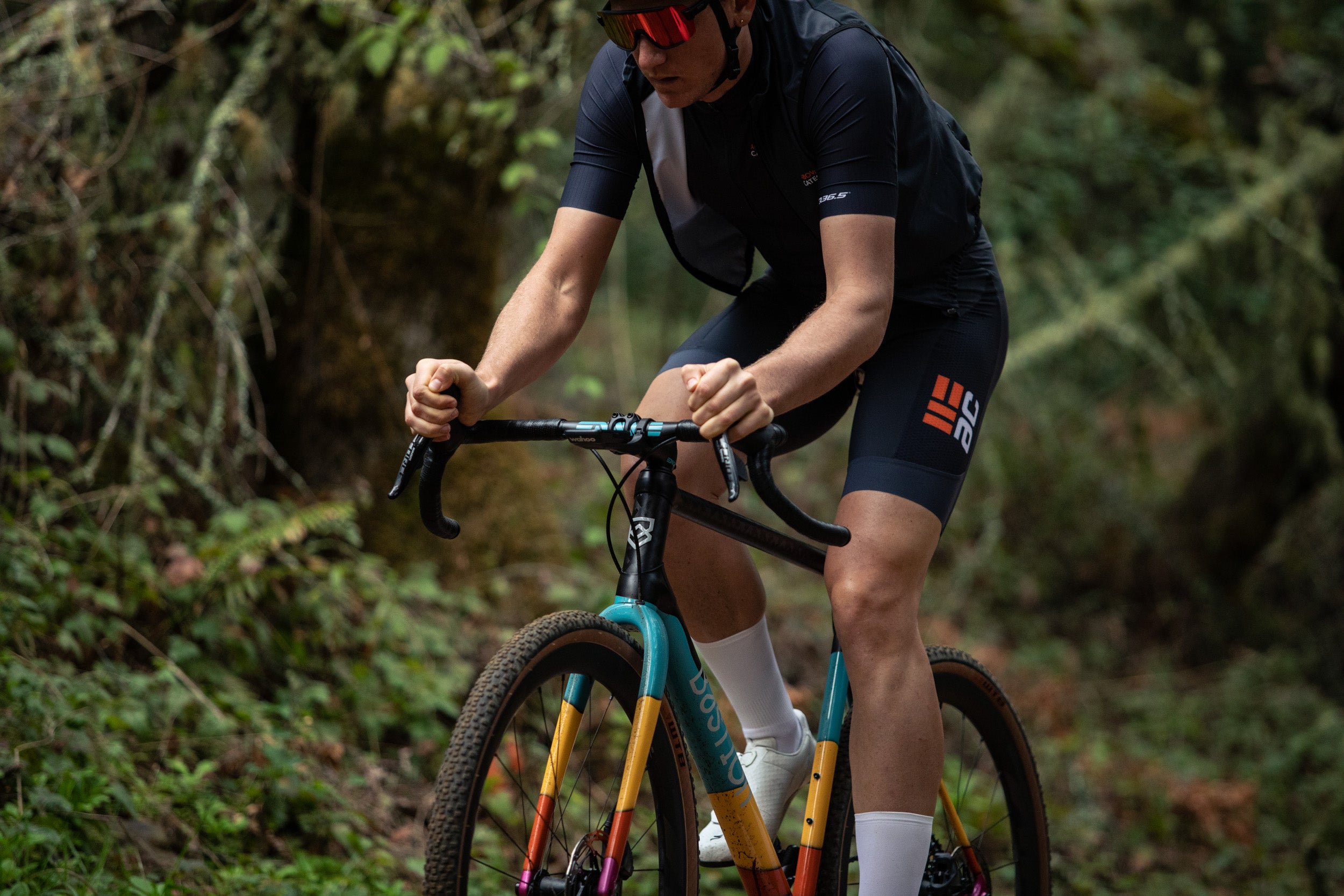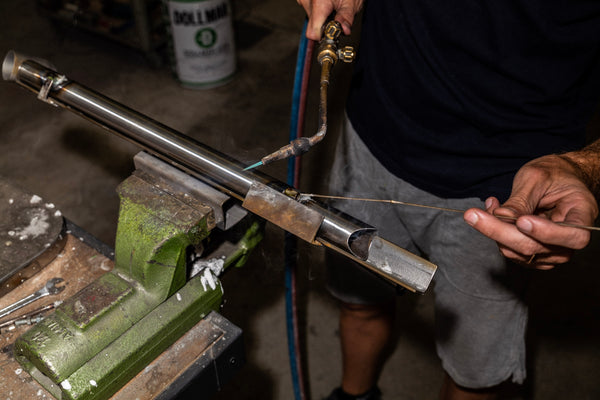

Competition
I know what you’re probably thinking when I start this list off with competition. But what I find to be one of the most engaging elements of riding with a power meter is the competition a rider is able to cultivate with themselves. Due to the global pandemic, these days many of us only have ourselves to compete with. This can be grim at times, but there is no better feeling than following your progress and watching your numbers improve over time. And you most definitely do not need to be a “racer” to enjoy this incredible feeling.

Pacing
After you've been training and riding with a power meter for a few weeks, you will start to understand your different zones and what types of efforts can be sustained for a given amount of time. As you develop a better understanding of what you can sustain, you will become more equipped to properly pace your efforts on the bike. While this is paramount in racing scenarios, it is also equally as important on long, solo, exploratory rides. It can be exhilarating to push yourself to the brink of self-imposed destruction, but the overall ride experience can be drastically improved with a bit of pacing. Struggling during the final stretch of a ride after “bonking” is never fun. With a power meter, riders are presented with tools that can be used to prevent these types of situations from occurring in the first place. If you finish a big ride and are totally smoked, then you are likely going to need a day or two to recover, both mentally and physically. However, if you pace yourself a bit better, you can return from a ride not feeling totally exhausted. This gives you the opportunity to be present for family activities, have the energy needed to be productive at work, and not spend the rest of the day lying on the couch.

Using a power meter as a pacing aid is something that will be instrumental in my approach to the OSBR Dirt East Peak TT. This climb in particular is one that will be much better conquered with the help of a trusty power meter. The course begins with steep pitches in excess of 15%. It will be very easy to get overly excited and push big watts to get through those first steep sections. My plan however is to use my power meter to my advantage and keep the watts well within my comfort zone, knowing I will have a long and undulating effort ahead. As I approach the top of the Deer Park climb and near the end of the first stage, I will begin to increase my power output, knowing I will have the brief, yet smooth and more gradual beginning section of Old Stage to catch my breath. As I get back onto the dirt heading towards West Point Inn, I will attempt to settle back into a rhythm, which will likely be difficult due to the twisty and technical nature of that portion of the course. The main focus on Old Stage will be carrying momentum through the technical sections. Once I make the left turn onto Railroad Grade at West Point Inn, I will begin dialing up the power until I am about a minute from the gate at the top of Railroad Grade. As I approach the gate, I will ease off ever so slightly (maybe 10-20 watts) to make sure I have extra energy to kick hard through the gate as I get onto Ridgecrest Boulevard for the final sprint. At that point, I will empty the tank completely as I haul myself up the final paved pitch to the finish. If all goes well in terms of pacing and carefully measuring my effort with the help of my power meter, I will still be able to sustain a “sprint effort” at the end of the roughly 40 minute climb.

Fitness
A more general, and arguably the most important benefit to riding with a power meter, is the increase in fitness you should expect to see by following your power numbers. Again, you don’t need to be racing in the pro peloton to reap many of the incredible benefits of riding with a power meter. Having a power meter and watching the numbers while riding can provide you with the tools needed to ride more smoothly and efficiently, while putting less unnecessary strain on yourself. This will pay dividends in the long term as your fitness gradually improves!

A great example of this is riding on rolling terrain. Without a power meter, it is quite common to punch it over each roller, without making any significant gear changes. When riding with a power meter, it is easier to measure your efforts on this type of terrain. Instead of spiking your power on each roller, you can try to hold a more consistent power, adjusting your gearing accordingly. This will result in a smoother effort with fewer energy-sapping power surges over the course of your ride.
For me personally, since I know we have the OSBR Dirt East Peak TT on the horizon, I have been able to adjust my training to target a 40 minute effort. By having concrete goals and a power meter, I am able to tailor my training to specific events, better preparing myself for a given event.

The Great Equalizer
One of the often-overlooked benefits of a power meter, is how it can make riding in tough conditions much more manageable. For example, if you are riding on a windy day and have a long headwind stretch, you can watch your power numbers while riding into the wind to make sure you keep things steady and sustainable. This can also benefit your mental state while in these brutal headwind sections. You may feel terrible and be going very slowly, but if you can ride steady at a pace within your comfort zone, eventually the road will change direction and the wind will once again be at your back.
The same can also be said for tough and technical terrain. Or steep pitches too. Both of which are plentiful on the OSBR Dirt East Peak TT course! Being aware of how the terrain and conditions are affecting your effort will allow you to ride more sustainably in adverse conditions.

Accessibility
In recent years, power meter technology has become much more accessible. Only a few years ago, there were pretty limited options on the market and to get an accurate and reliable unit, riders would be spending a few thousand dollars. Nowadays there are incredibly accurate and reliable power meter units that can be found for a few hundred dollars. With options from Stages, Quarq, SRM, and many more, there are options to meet every rider's needs.

Those were my five main reasons for why everyone can benefit from riding with a power meter. I hope you have enjoyed this piece on power meters and how useful they can be! Do you ride with a power meter and track your watts? Are you planning on using one for the OSBR Dirt East Peak TT? Let us know down in the comments!
If you have any power meter-related questions or would like to chat about the addition of a power meter to your own bike, please don’t hesitate to reach out! Until then, I’ll see you on the road/trails/gravel as I train in preparation for the OSBR Dirt East Peak TT!
To learn more about our East Peak TT, head here







Back to Journal